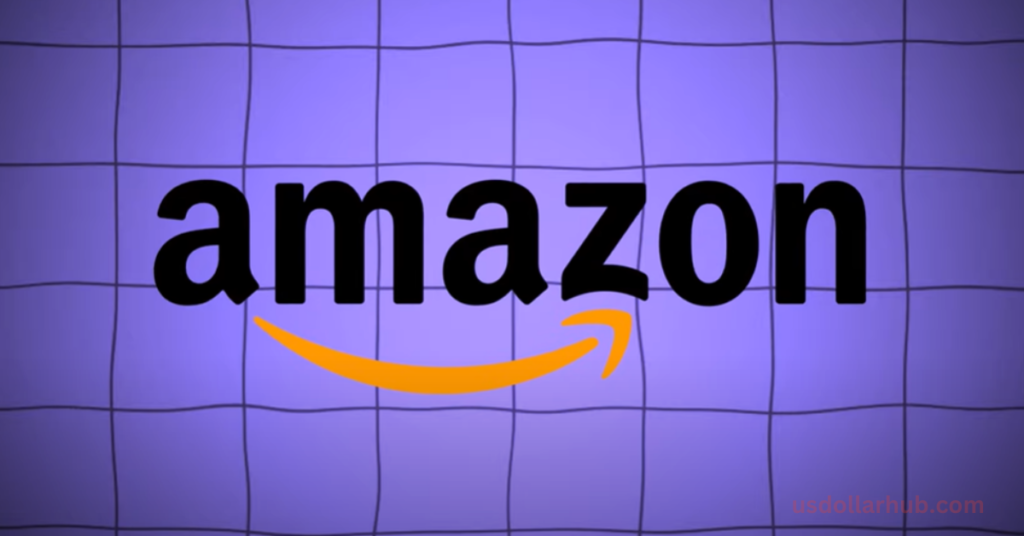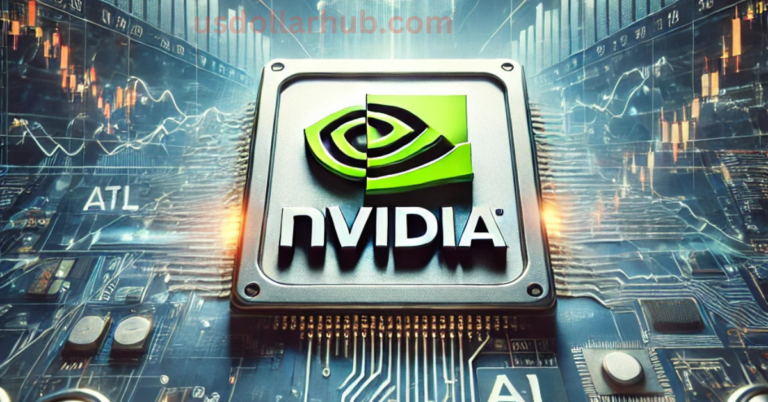Should I Buy Amazon Stock Now? 2025 A Detailed Analysis Using Discounted Cash Flow Valuation
Should I Buy Amazon Stock

Amazon is one of the most dominant businesses globally, with annual revenues approaching $600 billion. Beyond its e-commerce roots, Amazon Web Services (AWS), which houses its cloud and artificial intelligence businesses, and its fast-growing advertising segment, are contributing significantly to its profitability due to their higher margins compared to e-commerce. With Amazon’s stock performance remaining strong over the years, this article delves into its true value using a discounted cash flow (DCF) valuation model.
Understanding Amazon’s Business Segments
Amazon’s vast empire comprises several high-performing segments:
1. Amazon Web Services (AWS):
AWS is the backbone of Amazon’s profitability. Its dominance in the cloud computing market is complemented by a robust artificial intelligence division.
2. Advertising Business:
Amazon’s advertising arm is growing faster than its e-commerce division. The higher profit margins here enhance Amazon’s overall financial health.
3. E-commerce:
While traditionally the face of Amazon, its e-commerce business has lower margins compared to AWS and advertising but remains a significant revenue driver.
How Is Amazon Stock Valued?
Using a Discounted Cash Flow (DCF) model, we’ll evaluate Amazon’s intrinsic value per share. This involves:
- Forecasting free cash flows for the next decade.
- Discounting those cash flows to today’s value using the Weighted Average Cost of Capital (WACC).
- Estimating a terminal value beyond the forecasted period.
Key Metrics Used in the DCF Model:
- Market Capitalization: $2.187 trillion
- Cash Balance: $75 billion
- Long-term Debt: $54.8 billion
- Shares Outstanding: 10.73 billion
- Beta: 1.15
Free Cash Flow Forecasts:
Amazon’s free cash flow projections are promising:
| Year | Free Cash Flow ($ Billion) |
|---|---|
| 2024 | 43.6 |
| 2025 | 65.7 |
| 2026 | 91.0 |
| 2027 | 113.0 |
| 2028 | 132.0 |
Discounting Future Cash Flows
Assumptions:
- Growth Rate (2029–2034): 14.6% (50% of the previous five-year growth rate of 29.2%).
- Long-term Growth Rate: 6% (slightly faster than the economy due to Amazon’s competitive advantages).
- Discount Rate: 11.1% (calculated using the Capital Asset Pricing Model).
Valuation Calculations:
- Present Value of Next Decade’s Cash Flows: $883 billion
- Terminal Value (2035 Onward): $6.2 trillion, discounted to a present value of $2.1 trillion.
By adding the values and adjusting for cash and debt, the total equity value is $3.71 trillion. Dividing this by shares outstanding gives an intrinsic value per share of $286.
Comparing Intrinsic Value to Market Price
Currently trading at $28 per share, Amazon’s stock appears significantly undervalued when compared to the DCF-derived intrinsic value of $286. However, this analysis is built on several assumptions and forecasts, which introduces uncertainty.
Investing in Amazon Stock
While the DCF valuation indicates potential, investors should consider the following:
- Market Dynamics: Stock prices are influenced by broader economic and market conditions.
- Amazon’s Innovations: Continuous investment in AI, cloud computing, and advertising can drive future growth.
- Competitive Risks: Amazon’s position in various sectors remains strong, but competition can erode its advantages.
Key Takeaways:
- Amazon’s diversified business model, especially its high-margin AWS and advertising segments, positions it for long-term growth.
- The DCF valuation suggests significant upside potential, but assumptions must be considered cautiously.
- Investors should conduct their own due diligence and consider multiple valuation models before making investment decisions.
FAQs – Should I Buy Amazon Stock
What is Amazon’s intrinsic value per share?
Based on the DCF analysis, Amazon’s intrinsic value per share is approximately $286.
What drives Amazon’s profitability?
Amazon’s AWS and advertising segments drive its profitability due to higher margins compared to e-commerce.
How is Amazon’s growth rate determined?
Amazon’s short-term growth rate is based on Wall Street forecasts, while the long-term rate reflects slower, sustainable growth.
What is the significance of DCF valuation?
DCF valuation helps estimate a company’s intrinsic value by forecasting future cash flows and discounting them to today’s value.
Is Amazon stock undervalued?
The analysis suggests Amazon is undervalued, but market prices are subject to external influences and investor sentiment.
What is Amazon’s WACC?
Amazon’s Weighted Average Cost of Capital is 11.1%, balancing the cost of equity and debt.
Why is a discount rate applied?
A discount rate accounts for the time value of money, reflecting that future cash flows are worth less today.
What risks do investors face with Amazon stock?
Risks include economic downturns, regulatory challenges, and intensified competition in cloud and e-commerce sectors.
How accurate are these forecasts?
Forecasts depend on assumptions and are subject to changes in market conditions and company performance.
Where can I find more resources on stock valuation?
Explore resources like financial news platforms, investment books, and professional financial advisors for insights.
Disclaimer:
This analysis is for informational purposes only and does not constitute financial advice. Always conduct your own research or consult a financial advisor before making investment decisions. for more Info visit –UsDollarHub.com .






